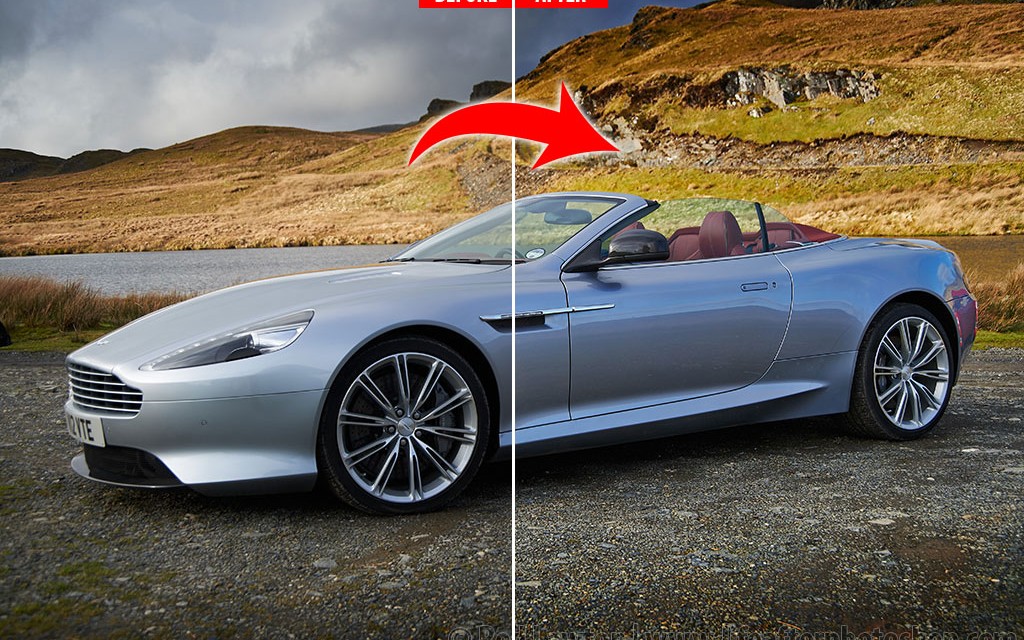


It will open a dialog for the Pictures folder on your computer, where you can create a new folder for the images to be copied to. In the Import To dialog immediately below, click on the Destination fly-out and select Choose Folder. Although that’s the same for Catalogs, you are likely to manage more than one project in a Catalog.Īfter you’ve identified the images you want to import (you can select individual images in the Importer’s browser but Capture One selects them all by default) which is detailed in Source field of the Import From dialog of the Importer, you must select where you want those images to be stored. More importantly, the feature can’t check between Sessions. Although the process is the same with a Session, it’s less useful from an image management standpoint, as after you’ve imported your images you’re unlikely to add new images to it at a later date. One advantage of Catalogs over Sessions is that every image imported into that particular Catalog will be referenced and it will know if you try to import the same image again, which is useful if, like me, you leave images on cards as a back-up. Also, make sure the Exclude Duplicates option is enabled. If they’re not, make sure the Include Subfolders is enabled (my advice would be to leave it enabled). The Importer will open, and the images on the memory card will be displayed. If it doesn’t detect it for some reason, simply click on the Import button in the Viewer window (only available on new Catalogs), or click on the Import icon in the tool bar, or select it from the main menu File > Import Images. The default setting for importing (altered in the preferences) means that Capture One will automatically detect when you insert a memory card in your card-reader and open the Import dialog window (aka, the “Importer”). Capture One can’t handle both simultaneously, so let’s start with importing from a memory card. So, the next thing to do is decide whether you want to import images you’ve just taken with your camera from its memory card, or whether you want to import some already on your computer or external drive. In doing so, each image is referenced in its location (to be decided by you) so it can be traced when searched for, and a thumbnail is generated with the cache stored within the Catalog itself (which allows you to see it). This is quite normal, after you’ve imported some they will be displayed every time you open the application.Įvery image must be imported via the Import dialog. When opening a Catalog for the first time, you’ll want to import some images to see them and get started – it won’t automatically populate with thumbnails like most cache-based browsers.
Capture one tutorials how to#
They’re also the simplest and most logical to work with when working tethered – there is no better tethered workflow solution available and that’s not just my opinion. As there’s more than one method, I’ll deal with how to import images into a Session in a later post. As they create individual system folders and subfolders, they’re ideal for standalone projects such as client commissions, or any specific project. Sessions tend to be used by professionals (but are just as useful for amateurs) when working on a job-by-job basis. Sessions work a little differently to Catalogs. They don’t require all the images to be indexed when importing, and so they can be a better solution in some circumstances.
Capture one tutorials pro#
When working with a Catalog, Capture One and Capture One Pro are functionally identical, the only difference being the feature set. If you’re new to Capture One, either as a beginner or more experienced photographer coming from Lightroom, then there are a few concepts that you need to know about the process that will help you when importing images.Ĭapture One (for Sony or Fujifilm) adopts a Catalog-based image management system, where Capture One Pro has an additional Sessions based workflow.


 0 kommentar(er)
0 kommentar(er)
